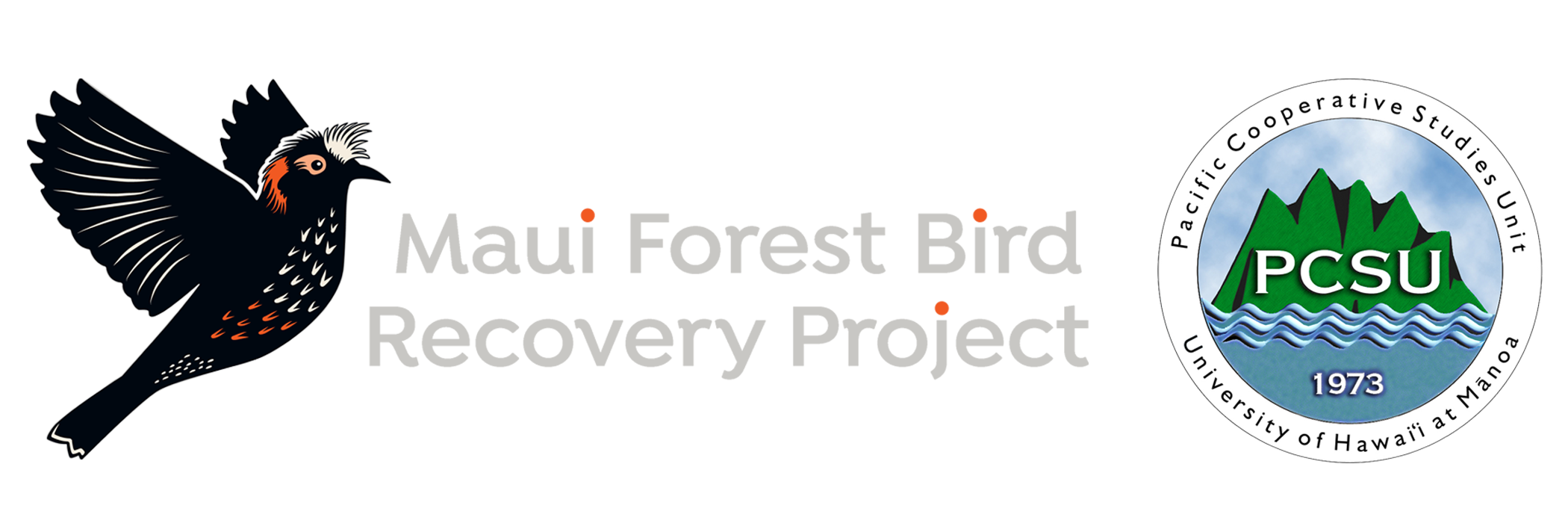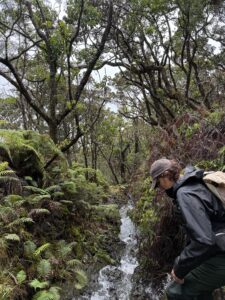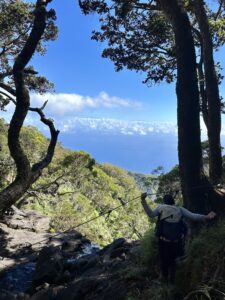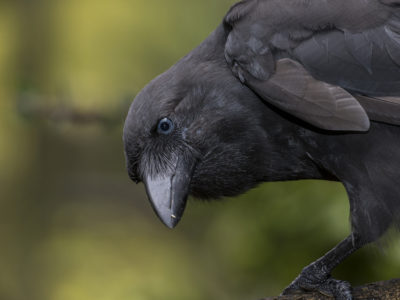ʻAlalā
ʻAlalā are the sole surviving member of a remarkable group of five endemic corvid species once found on at least four of the Hawaiian Islands. ‘Alalā do not exist anywhere else on the planet and evolved with the plants, animals, and culture of Hawaiʻi.
ʻAlalā were historically known to eat over 30 species of native fruits, making them an important seed disperser for native plants. As an omnivore, their diet also includes nectar, flowers, insects, spiders and dead animals. They are the largest and one of the most charismatic and culturally significant Hawaiian forest birds. Very intelligent and by far the loudest birds in the forest, they make incredible human-like cries, screams, and moans.
ʻAlalā are extinct in the wild. As the wild population of ʻalalā steadily decreased, a captive breeding program began to prevent total species extinction. By 2002, the last two wild birds were seen in a south Kona forest. Currently, ʻalalā are protected in San Diego Zoo Wildlife Allianceʻs breeding program facilities on Maui and Hawaiʻi Islands. The ʻAlalā Project, a conservation partnership, fosters continued captive breeding activities and efforts reintroduce/rewild the species back onto the landscape.
To learn about The ʻAlalā Project and ongoing collaborative efforts to restore Hawaiʻiʻs native crow to the wild, click here.




